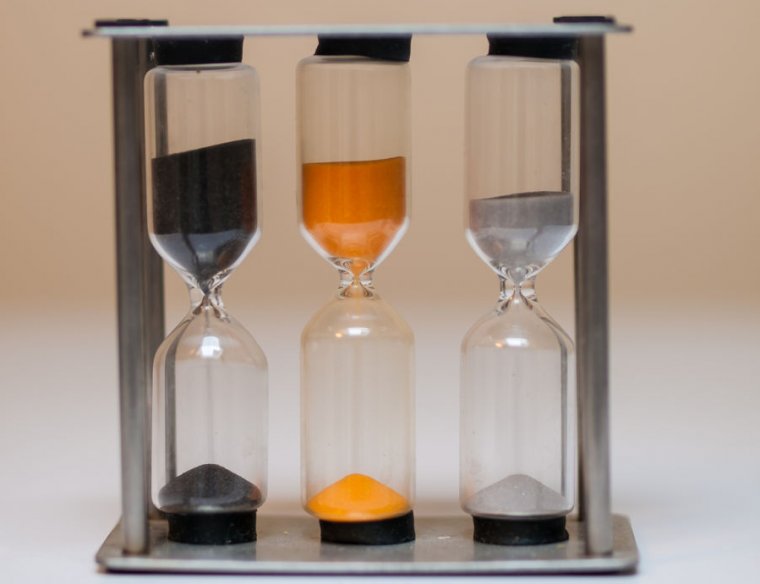- Nov 10, 2017
- 3,250
Future Windows updates will take longer to install, but it’ll feel quicker

One of the less appealing aspects of the twice-yearly Windows 10 feature updates is that they're slow to install and, for most of the installation process, your PC is out of commission, doing nothing more than displaying a progress indicator.
Thanks to a new upgrade process, the next update—expected to be released in April—should result in substantially less downtime. The install process is split into two portions: the "online" portion, during which your PC is still usable, and the "offline" portion after the reboot, during which your PC is a spinning percentage counter.
Microsoft estimates that the Creators Update, released almost a year ago, would take about 82 minutes on average during the offline phase. Improvements made in the Fall Creators Update cut that to about 51 minutes, and the next update (which still hasn't actually been blessed with an official name) will cut this further still, to just 30 minutes.
The substantial performance improvement comes from shifting much of the install work to the online phase. The update process is essentially a modified version of the Windows install and upgrade process; a whole new copy of the operating system is installed, and then user content—such as settings and installed programs—is migrated to this new installation.
A year ago, this work was all performed in the offline phase; there was little to the online portion beyond downloading the update and verifying its integrity. In the next update, however, unpacking the new version of the operating system and preparing user data for migration will all occur during the online phase.
The offline phase doesn't go away entirely: the actual migration of user data happens while offline, as does the installation of drivers and other necessary tasks to get the pristine new Windows installation ready for use. But the offline part is substantially smaller than it used to be, hence the great reduction in downtime.
Microsoft says that this does come at some cost; the online part of the installation now takes longer. But the work in this phase is performed at a low priority, so it should not, in general, hinder the use of the computer. So while the upgrade may take the same time from start to finish, the actual time lost to upgrading will feel greatly reduced.

One of the less appealing aspects of the twice-yearly Windows 10 feature updates is that they're slow to install and, for most of the installation process, your PC is out of commission, doing nothing more than displaying a progress indicator.
Thanks to a new upgrade process, the next update—expected to be released in April—should result in substantially less downtime. The install process is split into two portions: the "online" portion, during which your PC is still usable, and the "offline" portion after the reboot, during which your PC is a spinning percentage counter.
Microsoft estimates that the Creators Update, released almost a year ago, would take about 82 minutes on average during the offline phase. Improvements made in the Fall Creators Update cut that to about 51 minutes, and the next update (which still hasn't actually been blessed with an official name) will cut this further still, to just 30 minutes.
The substantial performance improvement comes from shifting much of the install work to the online phase. The update process is essentially a modified version of the Windows install and upgrade process; a whole new copy of the operating system is installed, and then user content—such as settings and installed programs—is migrated to this new installation.
A year ago, this work was all performed in the offline phase; there was little to the online portion beyond downloading the update and verifying its integrity. In the next update, however, unpacking the new version of the operating system and preparing user data for migration will all occur during the online phase.
The offline phase doesn't go away entirely: the actual migration of user data happens while offline, as does the installation of drivers and other necessary tasks to get the pristine new Windows installation ready for use. But the offline part is substantially smaller than it used to be, hence the great reduction in downtime.
Microsoft says that this does come at some cost; the online part of the installation now takes longer. But the work in this phase is performed at a low priority, so it should not, in general, hinder the use of the computer. So while the upgrade may take the same time from start to finish, the actual time lost to upgrading will feel greatly reduced.

